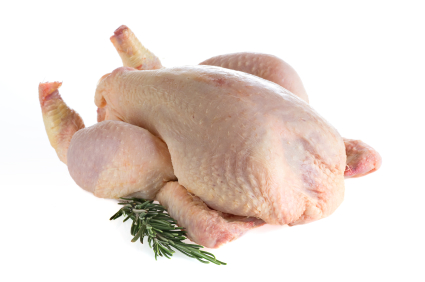
The USDA would inspect operations while decreasing its focus on expensive slaughter line inspections.
In an effort to reduce public health risks while making better use of available resources, the US Department of Agriculture (USDA) recently announced a proposed rule to modernize inspections of young chicken and turkey slaughter establishments.
The USDA currently conducts “online” carcass-by-carcass inspections at a fixed point along the slaughter and evisceration line immediately following the separation of the carcass’s internal organs. However, a USDA study has suggested that unscheduled offline inspections of an establishment’s sanitary operations would improve food safety. Such inspections would use methods such as pathogen sampling, verifying compliance with sanitation requirements, and conducting Food Safety Assessments.
The USDA claims that the proposed rule would also improve efficiency, saving taxpayers $90 million over the next three years and lowering annual production costs by more than $256 million.
Under current regulations, government online inspectors bear the full burden of sorting through carcasses and separating out those that do not meet quality standards. The proposed rule would give establishments a choice between the current system and one in which establishment personnel sort the carcasses and take necessary corrective actions before online inspectors see them.
The second arrangement would enable inspectors to conduct a more efficient carcass-by-carcass inspection and free up resources to focus on the more effective offline inspections. It would also allow slaughter and evisceration lines to move more quickly than they do when inspectors conduct all inspections.
The National Chicken Council, which represents the US chicken industry, supports the proposed rule, while consumer groups including the Consumer Federation of America and Food & Water Watch have argued that there are insufficient data to support the proposed rule.



